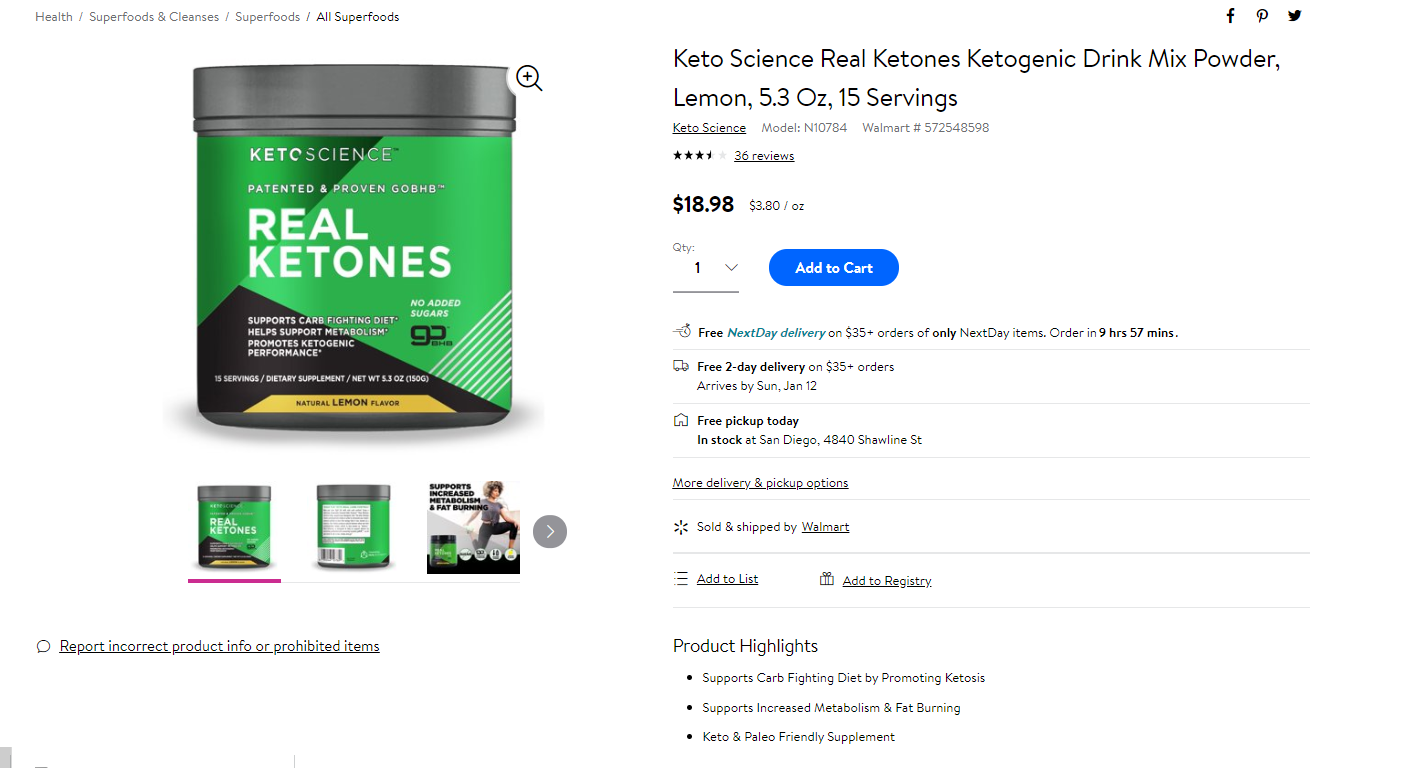Selling on Walmart: Vendor vs. Third Party vs. Hybrid

Walmart is one of the largest retailers in the world, servicing hundreds of millions of customers each week. They have a powerful store presence, and are quickly ramping up their online marketplace to compete with ecommerce giant Amazon.
Walmart has introduced several major changes in their bid for ecommerce supremacy: a drastic redesign of the Walmart.com website; free delivery on orders above $35, and greater ad offerings for third-party sellers. Recently, Walmart announced a third-party vendor fulfillment program similar to Amazon’s FBA program.

All this makes Walmart a great place to sell your products online, even if you’re already selling on Amazon. But what kind of relationship will work out best for you? Do you want to be one of Walmart.com’s many third-party sellers? Or do you want to invest more resources into being a first-party vendor?
Let’s review your options below.
New to selling on the Walmart Marketplace? Start with our beginner’s guide.
As of the moment, Walmart offers three different kinds of first-party seller relationships:
National Product Supplier (Online and in-store). National Products Suppliers are able to have their items placed on both brick-and-mortar shelves and online on Walmart.com. First-party sellers have the option of either using Walmart Fulfillment Services (WFS), or shipping inventory directly to a Walmart fulfillment center.
Direct Import Supplier. A direct import supplier is a company outside the U.S. that seeks to have their products stocked in American Walmart stores. International brands that qualify to be a Direct Import Supplier can have their products stocked on both Walmart store shelves and online.
Walmart.com Supplier. While National Product Suppliers can have their products listed both online and offline, Walmart.com Suppliers (a.k.a eCommerce suppliers) are listed exclusively online. Products from eCommerce suppliers are listed as being “Sold by Walmart,” and take priority in the Buy Box if a competing third-party product exists.
eCommerce suppliers have three fulfillment options available to them:
All first-party suppliers have priority in organic listings over third-party products and are able to suggest recommended retail prices. However, Walmart has final say over the retail price. As a first-party supplier, Walmart will manage your product listings for you and update them when you request.
While third-party sellers cannot have their products physically stocked on Walmart’s shelves, they can list their products on the Walmart Marketplace at Walmart.com. More than 90 million unique visitors shop on that site every month. Walmart Marketplace sellers also get access to Walmart’s affiliate sites like:
All products you list on Walmart.com will be labeled as being sold by a third-party, and will take second priority in the Buy Box if a similar product from a first-party supplier exists.
All Walmart Marketplace sellers have the following fulfillment options available:
1. Walmart Fulfillment Services. WFS is a paid service that functions similarly to Amazon Fulfillment Services. You send your inventory to a Walmart Fulfillment Center, and Walmart will handle all delivery, return, and customer service transactions on your behalf. WFS also offers 2-day shipping services that can compete with Amazon.
Pro-tip: Keep in mind, WFS is new and extremely limited – both in who they accept and size/weight of items accepted.
2. Drop-Ship Vendor. When you are a DSV, you ship products directly to the customer yourself. You shoulder all shipping costs, although it’s up to you whether you pass the costs onto the customer or provide free shipping.
As a third-party seller, you have the ability to set your own prices, including shipping rates. However, make sure your price is consistent with your products in other online marketplaces like Amazon.
Each type of seller relationship carries its own pros and cons.
As a first-party seller, you have the potential for much greater exposure on Walmart shelves and on Walmart.com. Walmart.com will handle order fulfillment, returns, and customer service as part of the vendor relationship.
In return, you might sacrifice some control over your prices and receive a potentially smaller margin per unit. Your profit in this case would be made up by the greater number of sales your exposure will create.
Pro-tip: Keep in mind, a brand can have MAP pricing so there is some degree of control over pricing but it does require additional negotiations.
Third-party sellers, on the other hand, have greater control over their prices and margins but with less organic exposure. You can still aggressively promote your products by advertising on walmart.com, but you will still have lesser priority than first-party products in certain sections of the site. Third-party sellers have to either use a third-party like Deliverr or send items directly to the customer instead.
“For example, a 3P seller has to figure out how to ship and fulfill on their own, a 1P seller would ship to a Walmart Distribution Center, while a hybrid can do both. On the advertising side, it’s more like self-serve ad types and reach (for third-party sellers) vs. Walmart managed advertising (for first-party sellers).”
– Elizabeth Marsten, Senior Director for Strategic Marketplace Services at Tinuiti

The final answer depends on your own priorities. Review your company goals and how well the Walmart Marketplace would fit in your overall strategy compared to other available sales channels.
Walmart is making strides in the right direction by working to expand its ecommerce platform and marketing capabilities — but brands can still find that navigating the marketplace and leveraging the right strategies is a challenge.
For current Walmart Marketplace Sellers and Vendors, the benefits of working with an agency include guidance on advertising strategy, proprietary technology and ad creative (optimized for Walmart’s platform).
Tinuiti, the largest independent performance marketing agency across the triopoly of Google, Facebook and Amazon, officially launched its Walmart Ecommerce Acceleration Program, one of the first Walmart advertising and creative offerings in the market.
“As one of the first agencies to focus on the Amazon Marketplace, we’ve tested and learned a lot over the years. Now, as leaders in this space, we’re writing the playbook on Walmart advertising while dedicating the time and resources needed to develop our Walmart Ecommerce Acceleration Program which parallels Walmart’s growth trajectory.”
– Nii Ahene, Chief Strategy Officer at Tinuiti

The full-service program is designed to apply Tinuiti’s proven methodology with marketplace advertising and performance brand creative to profitably grow a brand’s sales on Walmart. Tinuiti’s newest offering is a good fit for Walmart Marketplace sellers (3P), vendors (1P), and brands looking to expand their marketplace presence.
“Walmart is poised to be an emerging player in digital advertising and a viable channel for brands expanding beyond Amazon — especially for advertisers who invest early. Our approach combines advertising with performance creative and operations. We’re equipped to deal with any brand’s needs on any Marketplace front,” Marsten says.
